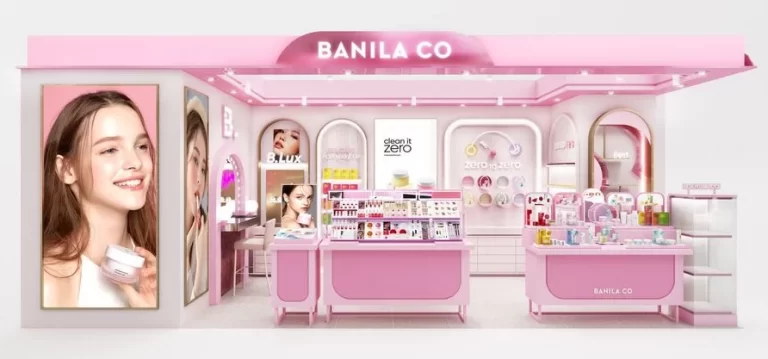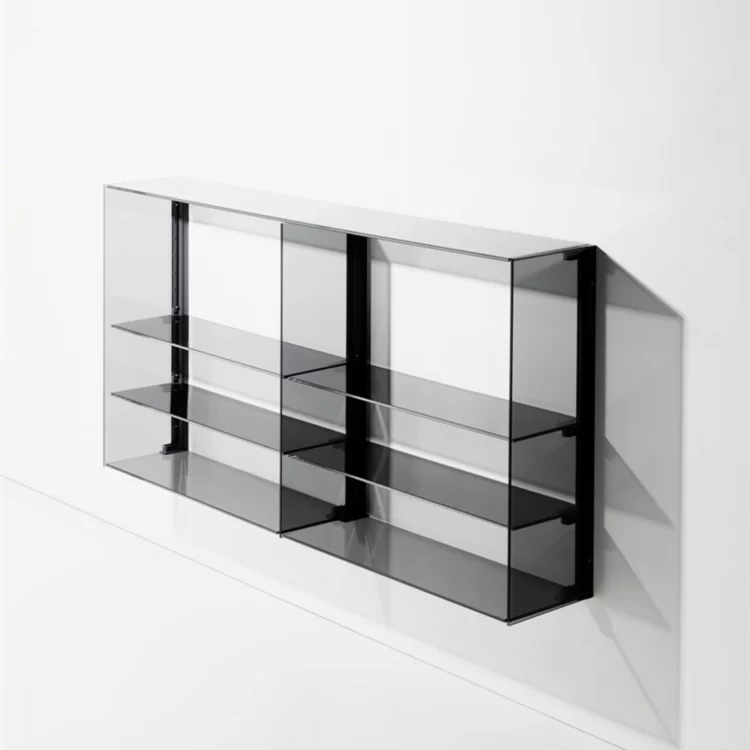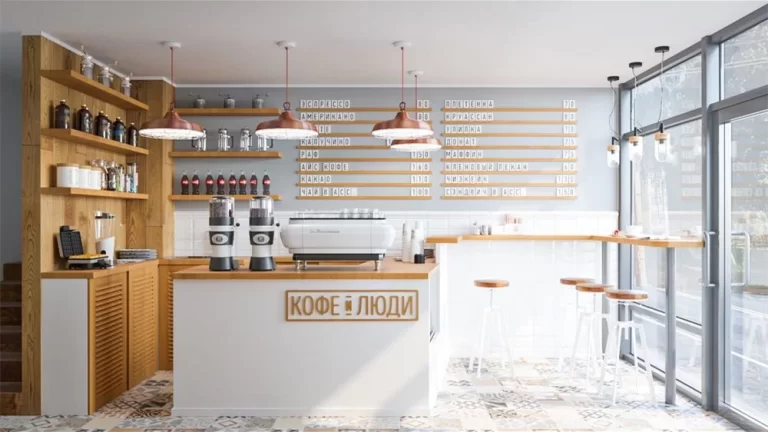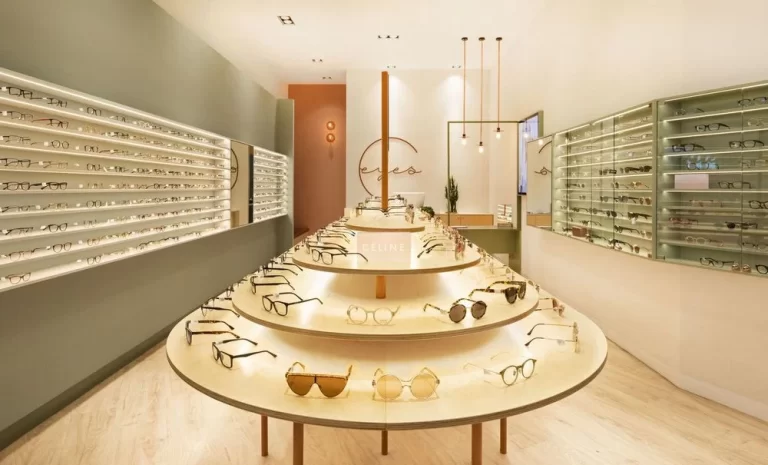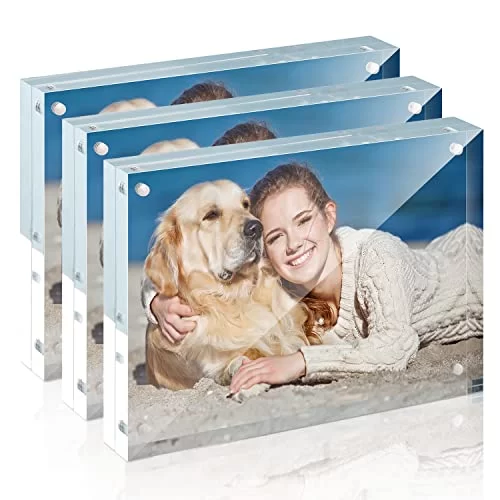5 Tips for Designing an Open Optical Store Layout
In the competitive eyewear market, an open optical store layout design can make or break a customer’s first impression. A well-planned space not only highlights your products but also creates a seamless shopping experience. For U.S.-based optical retailers aiming to stand out, here are five actionable tips to design a store that balances aesthetics, functionality, and brand identity.
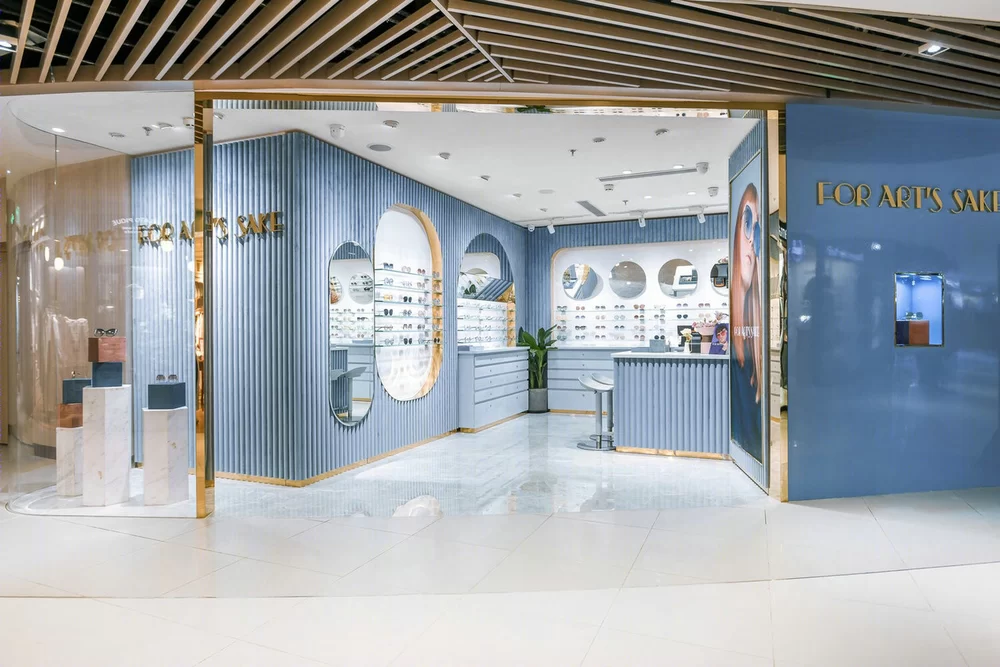
Key Tips for Open Optical Store Layout Design
1. Prioritize Natural Light and Open Sightlines
Open layouts thrive on visibility. Large windows and glass partitions allow natural light to flood the space, reducing reliance on artificial lighting while creating a welcoming atmosphere. For example, using frosted glass or translucent panels can maintain privacy for consultation areas without blocking light.
- Key Points:
- Use floor-to-ceiling windows to showcase products and invite foot traffic.
- Position high-end frames near light sources to highlight details like color and texture.
- Avoid cluttering sightlines with oversized furniture or displays.
2. Optimize Customer Flow with Intuitive Pathways
A logical customer journey minimizes confusion and maximizes product exposure. Studies show that 80% of shoppers follow a “right-turn” pattern upon entering a store. Design pathways that guide customers through key zones:
- Zoning Strategy:
Zone Purpose Design Tips Entrance/Showroom First impression, trend displays Use open shelving and focal lighting Try-On Area Interactive experience Include mirrors and seating Consultation Zone Personalized service Semi-private with acoustic panels Checkout Efficient transactions Compact, adjacent to exit Reference:
3. Strategically Zone Product Displays
Effective product placement drives sales. Group frames by style (e.g., luxury, sport, kids) or function (e.g., prescription, sunglasses). For instance, place premium collections at eye level and budget-friendly options on lower shelves.
- Pro Tips:
- Use contrasting colors to highlight featured collections (e.g., red accents for promotions).
- Rotate seasonal displays every 6–8 weeks to maintain freshness.
- Incorporate interactive digital screens for virtual try-ons.
4. Balance Aesthetic Appeal with Functional Design
While aesthetics matter, functionality ensures long-term success. For example, choose durable, easy-to-clean materials like quartz countertops and anti-glare flooring.
- Must-Have Elements:
- Lighting: Combine ambient (e.g., LED strips) and task lighting (e.g., adjustable spotlights).
- Storage: Hidden cabinets under displays keep clutter out of sight.
- Seating: Ergonomic chairs in try-on areas enhance comfort during extended visits.
5. Incorporate Technology for a Modern Edge
Tech integrations streamline operations and engage tech-savvy shoppers. For example:
- Digital Eye Tests: Self-service kiosks reduce wait times.
- Augmented Reality (AR): Let customers visualize frames in different settings via mobile apps.
- Smart Mirrors: Sync with inventory systems to suggest matching accessories.
Common Questions About Optical Store Layout Design
Q: How much space should I allocate to the consultation area?
A: Aim for 10–15% of total floor space. Ensure it’s semi-private but still visible to maintain an open feel.
Q: What colors work best for eyewear displays?
A: Neutral tones (white, gray) create a clean backdrop, while bold accents (navy, gold) draw attention to products.
Q: How can I make a small store look spacious?
A: Use mirrors, vertical shelving, and minimalistic furniture to create the illusion of space.
Conclusion
An open optical store layout design is more than just arranging shelves—it’s about crafting an experience that aligns with your brand and resonates with U.S. shoppers. By prioritizing natural light, intuitive pathways, and smart technology, you’ll create a space that’s both inviting and efficient. Ready to transform your store? Start with these tips and watch customer satisfaction—and sales—soar.

